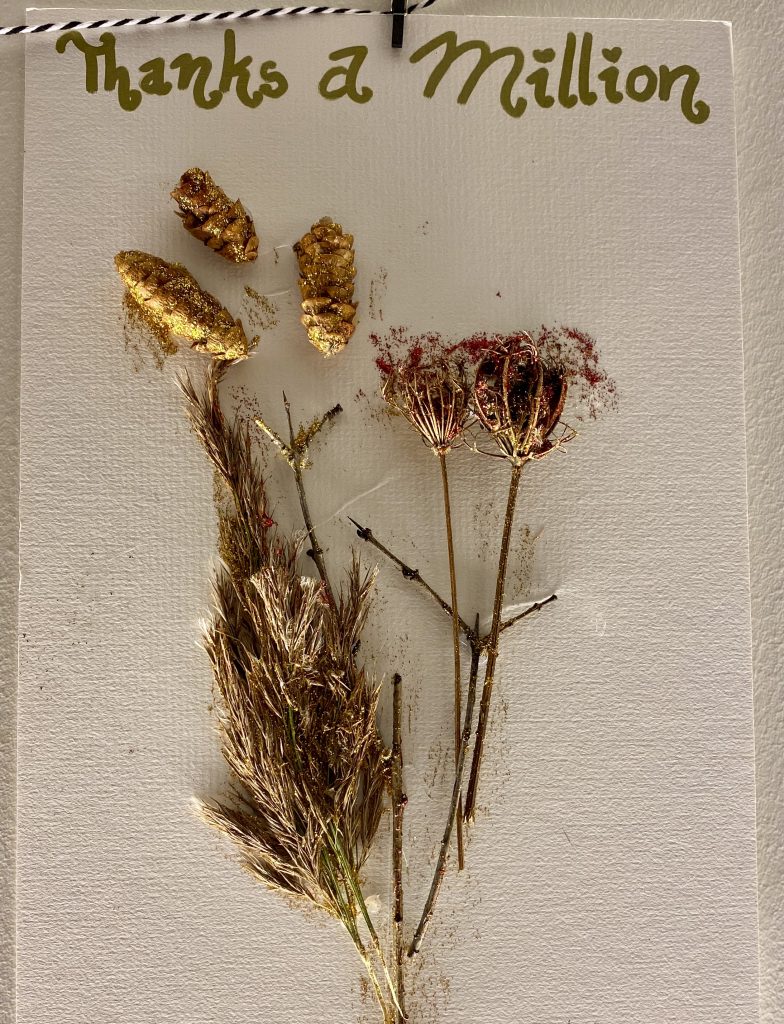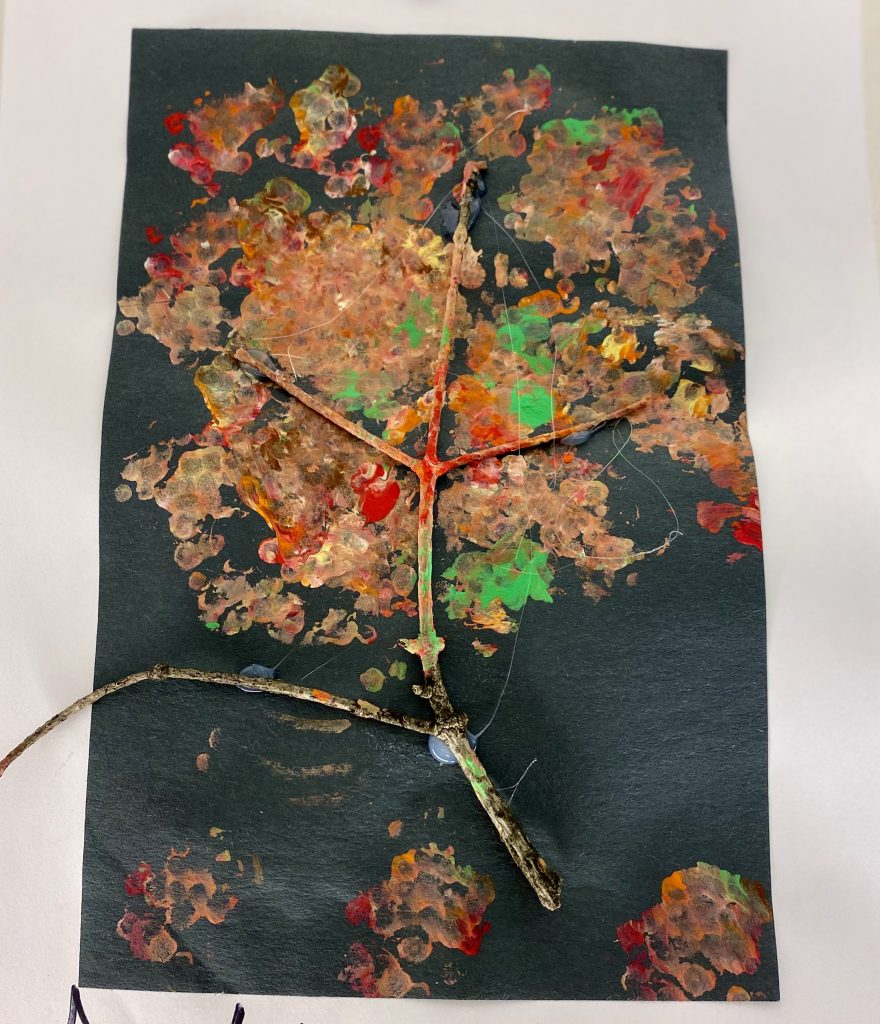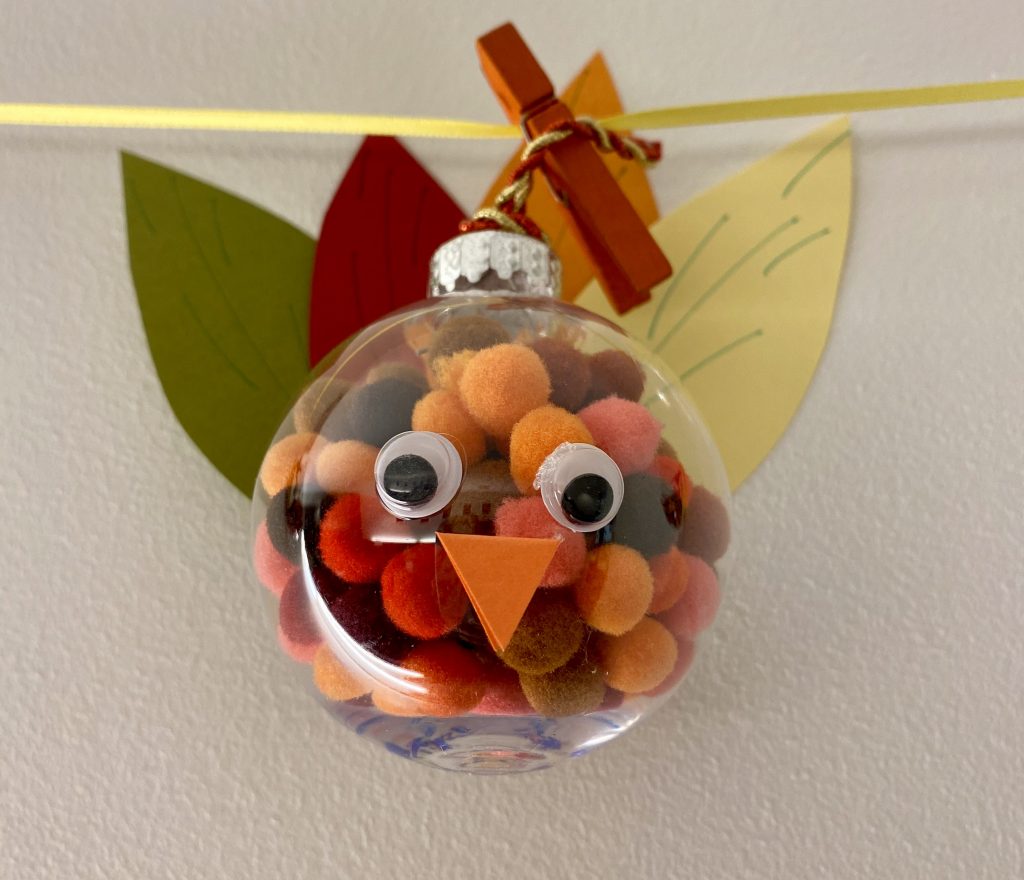Nine Ways To Cultivate an Attitude of Gratitude in Your Child
By Clover Team

Gratitude is a skill, and a very important one to begin developing at a young age. An attitude of gratitude can be described as a positive way of looking at life. Practicing gratitude has many benefits for people of all ages; it can lead to an increase of happiness and optimism, teach deeper empathy, and help us be more appreciative of everything we have. Those who practice gratitude report more satisfaction with their schools, families, communities, friends, and themselves.
Every year, Thanksgiving is an important reminder to share our appreciation with others and be grateful for our many blessings. This weekend of thanks is a great opportunity to begin building these habits and developing this mindset in your child.
To kick things off, we will share what we are grateful for. At The Clover School, we are deeply thankful for our incredible Clover community – our hard working team, our beloved students and our supportive network of families (both past and present). We are grateful and proud to be able to serve our community and to cultivate joy in learning in the people who call our school home.

Trying to develop and nurture gratitude values in children in this era of instant gratification may seem like a challenge, but there are simple ways to work a practice of gratitude into your child’s day-to-day life. Keep reading for our list of nine easy ways to cultivate an attitude of gratitude in your child.
Wishing you and yours a wonderful, safe and gratitude-filled Thanksgiving long weekend!
Nine Ways To Cultivate an Attitude of Gratitude in Your Child
- Practice good manners
Manners are a great place to begin when working to teach gratitude in children. Using “please” and “thank you” is a way of showing that we do not believe we are entitled to anything but rather that we appreciate whatever comes our way. - Give back within your community
This could mean participating in a community clean up, helping shovel the driveway on a snowy day for an elderly neighbour, or bringing a meal to a friend or family member who has just had a baby. There are so many ways to lend a hand to others who may need our help. - Write a thank-you card
Whether it be for a birthday gift, someone who helped them out when they really needed it, or simply for someone they believe has added value to their life, teaching your child to write thank you notes to others is a great way to cultivate in them a sense of appreciation for others. - Look for awe-inspiring moments in everyday life
Life is full of simple pleasures and beautiful moments. A good meal, a beautiful sunset, a big hug from someone you love, listening to the rain while curled up on the couch, a warm cup of tea on a cold day. While it can often be easier to grateful for the big and exciting things that happen, it is important to learn to appreciate the little things. Start pointing out your awe-inspiring moments to your child and ask them to do the same! - Incorporate a daily gratitude practice into your routine
This could be going around the dinner table every night and having each family member say something they are grateful for. This could become a nightly bedtime ritual where you and your child end the day by sharing your moments of gratitude with one another. In the morning, on your way to school, you could start the day on a positive note by sharing what you are thankful for. There are many ways this can be built into your child or family’s daily schedule.
As your child becomes more experienced with their daily gratitude practice, a way to delve even deeper is by asking them “why”? Why are they grateful for grandma and grandpa? Why do they appreciate their teachers? Why are they thankful for their siblings? This will further develop their gratitude mindset. - Take gratitude walks
During this walk, take the time to really appreciate the beauty that is around you and encourage your child to do the same. Use all of your senses during this walk. Comment on the beauty of the changing leaves, enjoy the smell of fresh cut grass or wildflowers, stop and play in fresh snow or listen to the sound of birds singing and chirping. Louis Armstrong said it best: “And I think to myself, what a wonderful world.” - Write down what you are grateful for
Make a family gratitude jar and have family members add slips of paper with what they are thankful for into the jar. Every so often, read them out loud together. Or, you can create a family gratitude list together and post it on the fridge where anyone can add to it when they think of something or someone that they are thankful for. There are also many prompted gratitude journals available for both children and adults that can aid in developing this practice. - Compliment others
If your child is being an incredible helper at the grocery store, tell them. If your neighbour is always a good friend, let them know. If grandma and grandpa are a tremendous support to your family, be sure to share that with them. The best way to get your child to see the good in others and to show their appreciation is to model that behaviour, and they’ll be encouraged to do the same. - Donate to or volunteer at a non-profit organization
Non-profit organizations help serve individuals or communities that are in need and that may be less fortunate than we are. As we approach the holiday season – especially this year with so many families struggling due to the effects of COVID-19 – there are so many ways to give back and to support local organizations. Every organization is different, but often financial contributions, donations of basic necessities such as non-perishable food items, warm clothing or personal hygiene supplies, or the purchasing of gifts can be great ways to support. Get your child involved in selecting the organization – this can be a project for the entire family! At The Clover School, we will be kicking off a charitable initiative next week. We will be participating in a virtual food drive for North York Harvest Food Bank. Stay tuned for more details on how you can get involved!



